Growing beet seeds is easier than you think, particularly if you are hoping to establish a fall garden. These vibrant root vegetables are edible from the leaves to their bulbous, colorful roots. But are beets easy to grow, and what should you anticipate about this particular process? And what beet varieties grow well in your region?
You can plant beet seeds in spring or summer, and even fall in warmer regions. Sow your seeds directly into the ground, or grow beets in containers full of rich soil. Space your seeds an inch or two apart, and only a half inch deep, and water well. Beets need less than 75 days to mature on average, and you can start harvesting your beet greens long before your beetroots!
Let’s go over how to best plant and grow beets from seed in more detail now.
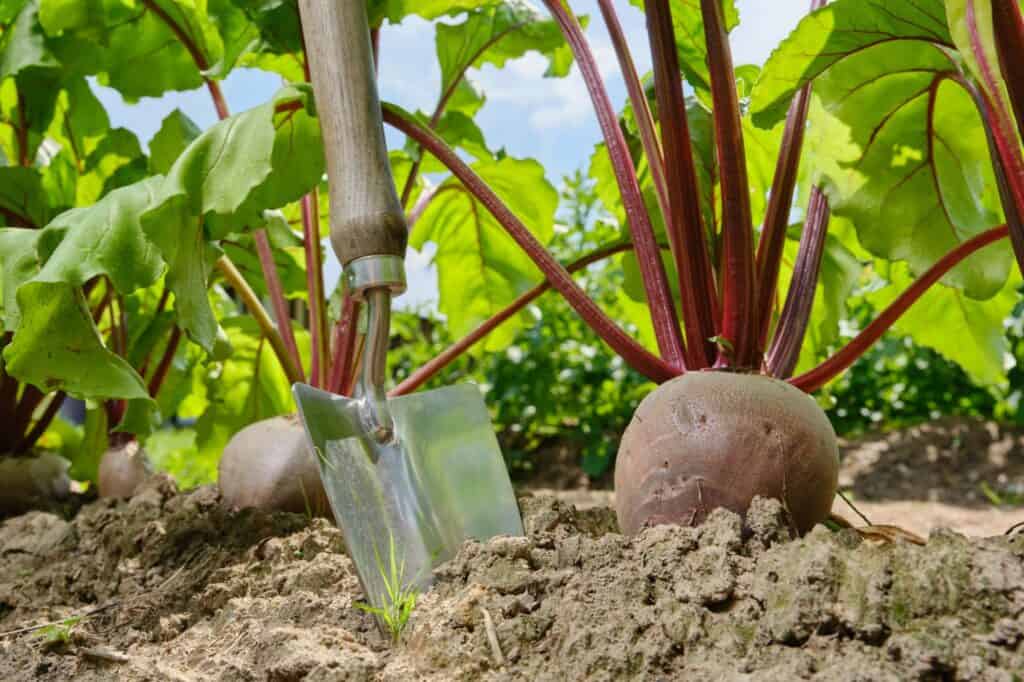
Beets are incredibly easy to grow because you simply directly sow them into your garden in optimal temperature conditions.
©Vlad Antonov/Shutterstock.com
| Beet Seeds | How to Grow |
|---|---|
| Hardiness Zones | 2 through 11 |
| Popular Beet Varieties | Separated by color; red, white, and golden beet varieties |
| Germinating Beet Seeds | Only needs 5-10 days, but the soil needs to be above 50 degrees Fahrenheit |
| Time of Year to Plant Seeds | Plant in spring, summer, or early fall depending on your region |
| Things to Note | Beets are extremely easy to grow and add plenty of nutrients to your soil! |
What Do Beet Seeds Look Like?
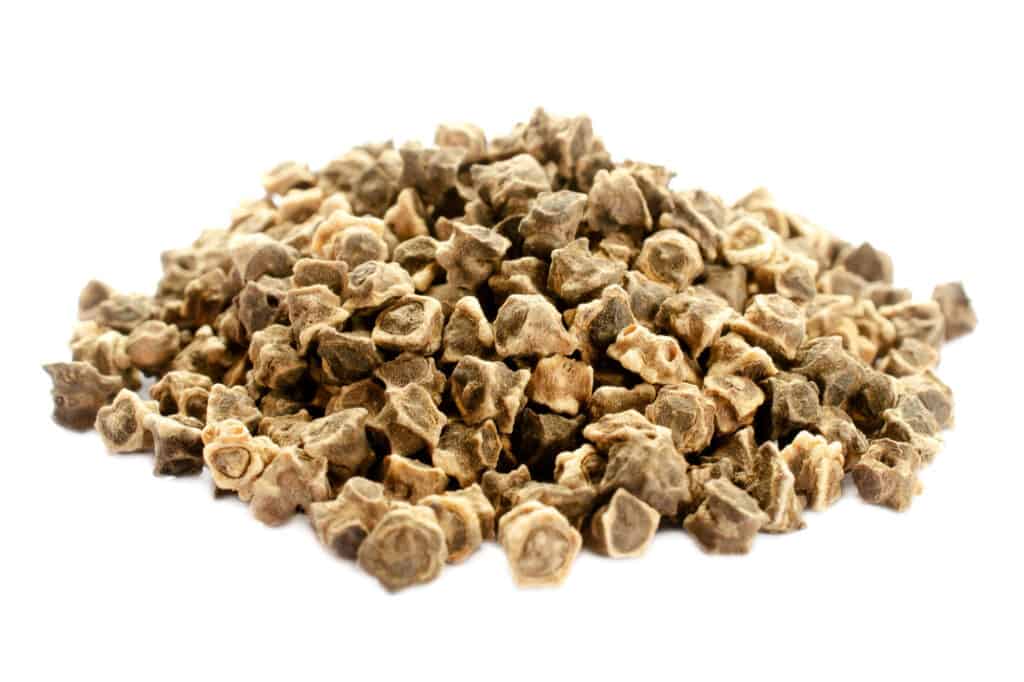
Resembling anise spice or bits of bark, beet seeds come in a variety of brown shades.
©Andrei Dubadzel/Shutterstock.com
You can easily identify a beet seed once you’ve seen them for yourself. Resembling anise spice or bits of bark, beet seeds come in a variety of brown shades. They aren’t uniform in shape, and are often jagged or chipped in appearance. These misshapen remnants are intriguing in that they aren’t single seeds- they are pods of multiple seeds!
You don’t need to do anything to your beet pods to prepare them for planting. In fact, beets are incredibly easy to grow because you simply directly sow them into your garden in optimal temperature conditions. Place one seed in the ground and anticipate thinning your young plants as they sprout; remember that you can always eat your beet microgreens!
Popular Varieties of Beet Seeds
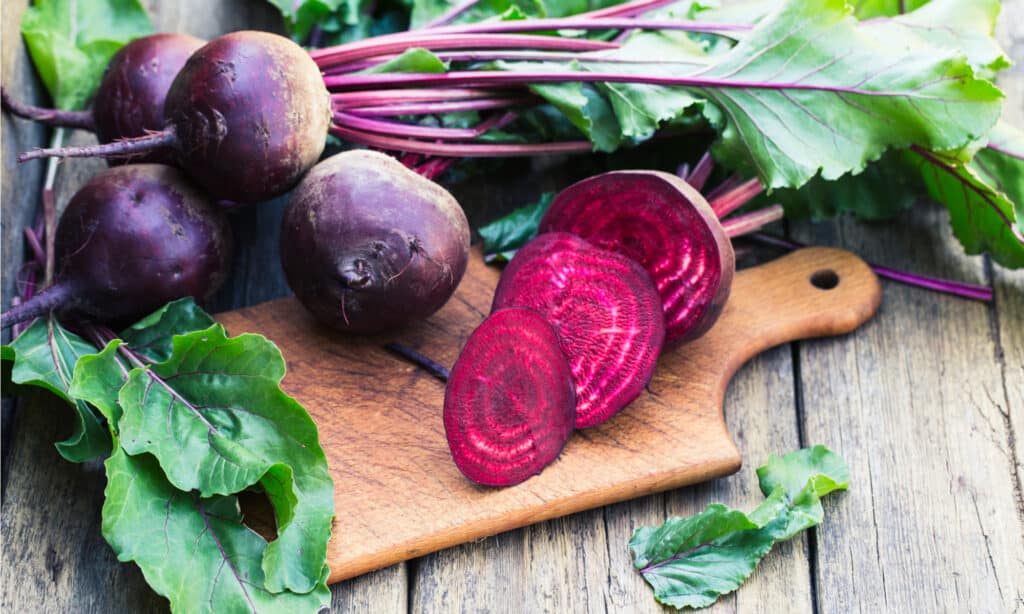
You likely know about red beets, but there are also white beets and yellow or golden beets.
©Ollinka/Shutterstock.com
Choosing a beet variety that works well in your region is important. There are also multiple types of beets, primarily separated by color. You likely know about red beets, but there are also white beets and yellow or golden beets. Here are some of the most popular beet varieties for you to consider growing in your own garden:
- “Chioggia“. Vibrant, beautiful pink and white rings grow inside this beet. Matures in 60 days and hardy to zone 5.
- “Avalanche“. Pure white beets that are creamy and sweet. Matures quickly and the greens are delicious.
- “Detroit Dark Red“. A classic red beet, distributed since the 1800s. A great beet for cooking, eating raw, or pickling.
- “Burpee’s Golden“. Originally developed by Burpee, this is the iconic yellow-golden beet to get. Matures in 50 days.
- “Cylindra“. A uniquely shaped beet ideal for cutting and slicing. The leaves are best sauteed to remove any bitterness.
Germinating and Growing Beets from Seed
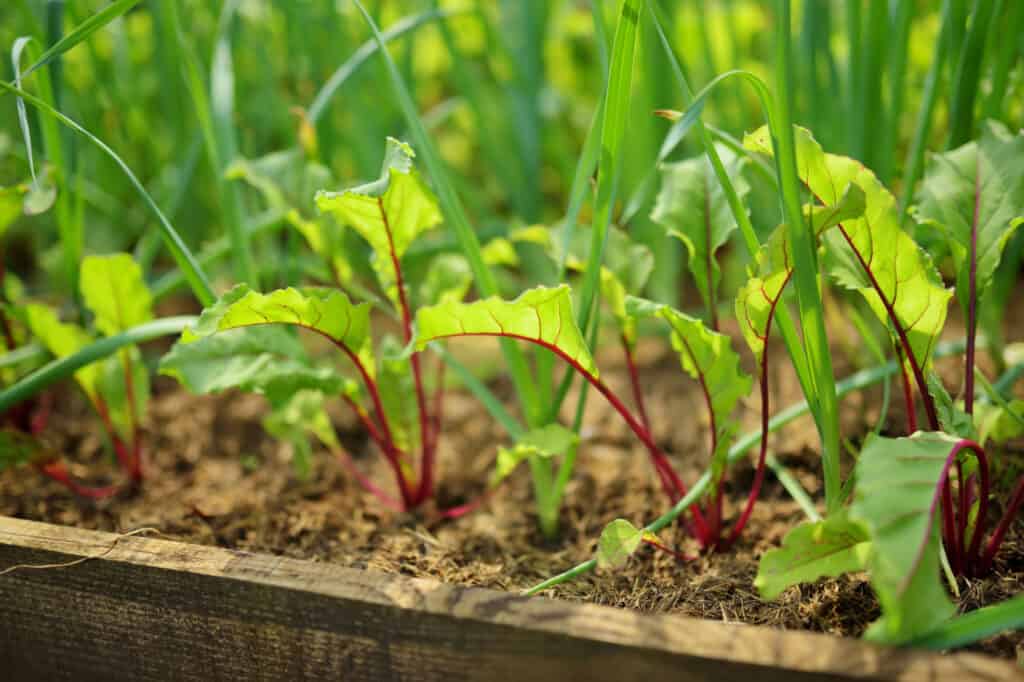
While you’ll need to thin your young plants as they grow, setting up your beets for success is always a good idea.
©MNStudio/Shutterstock.com
Growing and sowing beets directly from seed is one of the most recommended ways of planting beets in your garden. While you can start your beets indoors, waiting until your temperatures are ideal outside tends to make your job easier. Here’s how to grow and harvest beet plants that are grown from seed!
- Make sure the temperature is right. Beets don’t ask for much, except for soil temperatures over 50 degrees Fahrenheit. While you can start your beets in spring, summer, or fall depending on where you live, make sure your seeds get into the ground one month before any frost dates.
- Soak your seeds overnight. Before your planting day, soak your seeds in water for up to 24 hours. This allows them to soften, wake up, and prepare for planting.
- Sow your seeds evenly. While you’ll need to thin your young plants as they grow, setting up your beets for success is always a good idea. Space your rows a foot apart from each other, and plant a single seed pod every inch or two. Place your seeds no more than a half-inch deep, and cover them loosely with soil.
- Water well throughout germination. Beets only need an average of 7 days to germinate, but they enjoy moisture. Keep your young beets well-watered, even after seedlings begin to appear.
- Thin your young beet plants. A single beet seed pod may sprout up nearly 20 separate beet plants, so thinning is necessary. You won’t have enough room for your large roots if your seedlings aren’t thinned!
Harvesting Beet Seeds
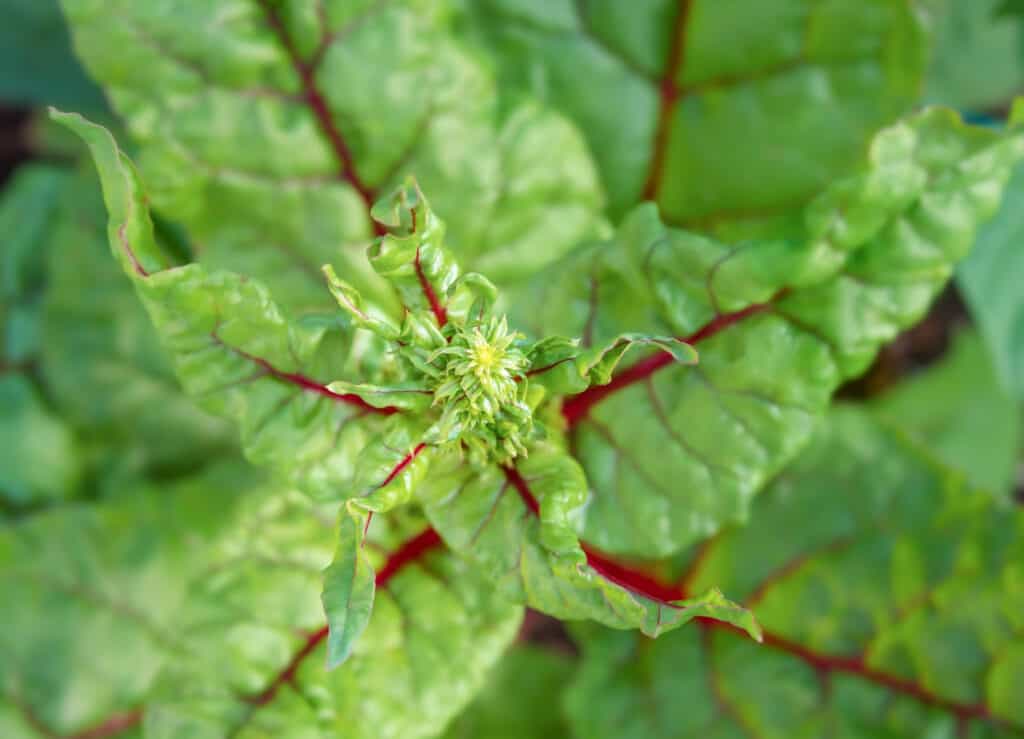
Stake your beet plants if it seems like their stalks are falling over, but otherwise, let them be.
©iStock.com/Petra Richli
Did you know that you can harvest beet seeds from your existing beet crop at the end of their growing season? So long as you leave a few beet plants in your garden, you can collect plenty of seeds for next year! Here’s how to best harvest your own beet seed:
- Allow your beet plants to wither and turn brown. You’ll notice that your older beet plants have long leaves and even a centralized stalk, likely covered in flowers. As these flowers are pollinated and begin to wilt, seeds form. Stake your beet plants if it seems like their stalks are falling over, but otherwise, let them be.
- Cut your beet stalks with care. It’s important not to jostle your beet stalks too much, as you run the risk of spreading valuable beet seeds back into your garden. Cut off the dried and brown stalks, and bring them indoors.
- Let your stalks dry. In a cool, dry location, spread out your harvested stalks and let them continue to develop. Your beet flowers will dry out and form their seeds, but they need to be left alone for roughly a month first.
- Gently brush seeds from your beet stalk. The beet seeds should easily come apart from the plant once it has fully dried. Store your beet seeds in an envelope, and enjoy next year’s harvest to its fullest!
Up Next
- Golden Beet vs Red Beet: Is There a Difference?
- Kale Seeds: How to Grow and Harvest This Leafy Green
- Rhubarb Seeds: How to Grow, Harvest, and Care for Delicious Stalks
The photo featured at the top of this post is © julie deshaies/Shutterstock.com
Sources
- Factors Affecting the Growth of Microgreen Table Beet, Available here: https://www.tandfonline.com/doi/abs/10.1080/19315261003648241
- Evaluation and characterization of nutritional, microbiological and sensory properties of beet greens, Available here: https://ri.conicet.gov.ar/handle/11336/103186
Thank you for reading! Have some feedback for us? Contact the AZ Animals editorial team.






